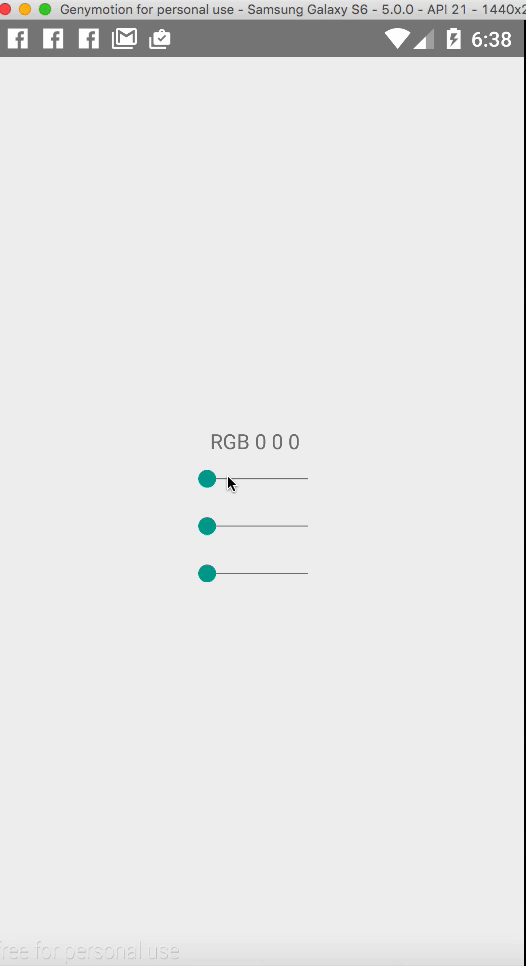In react or react native the way component hide/show or add/remove does not work like in android or iOS. Most of us think there would be the similar stratedgy like
View.hide = true or parentView.addSubView(childView
But the way react native work is completely different. The only way to acheive this kind of functionality is to include your component in your DOM or remove from DOM.
Here in this example I am going set the visibility of text view based on the button click.


